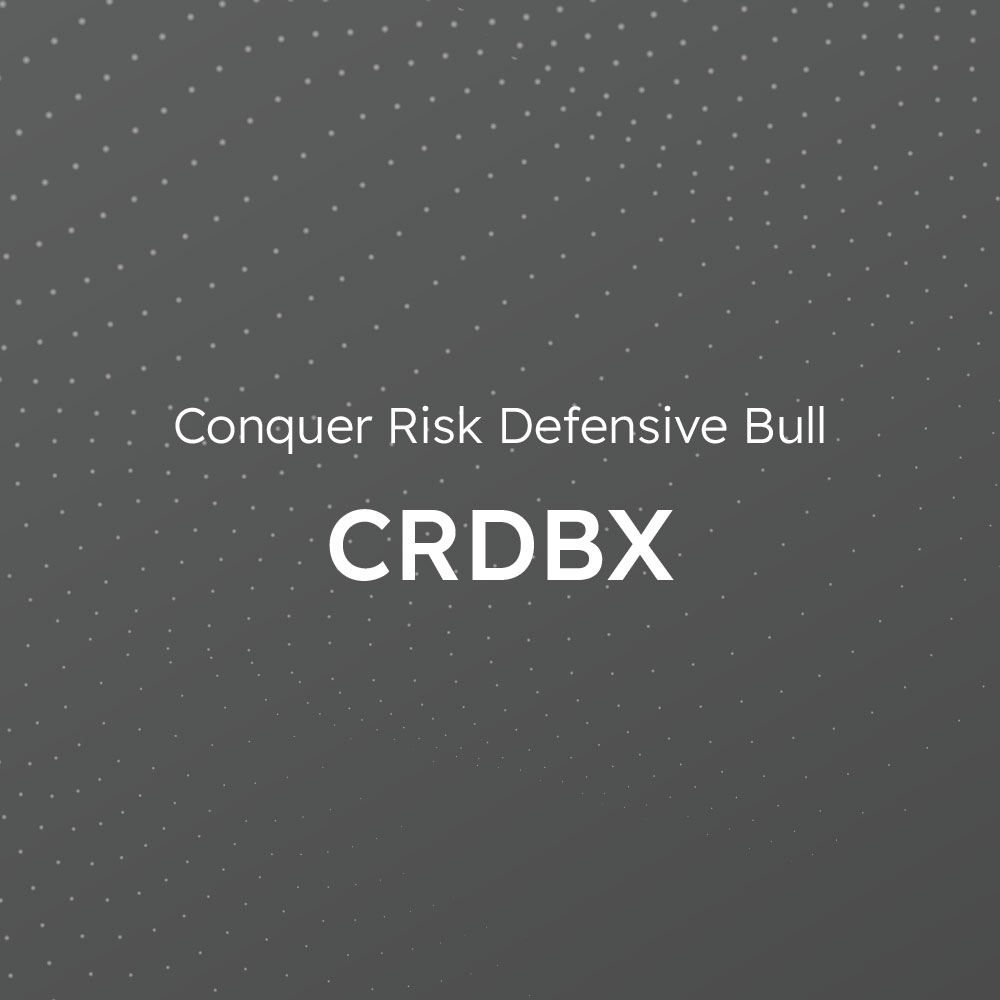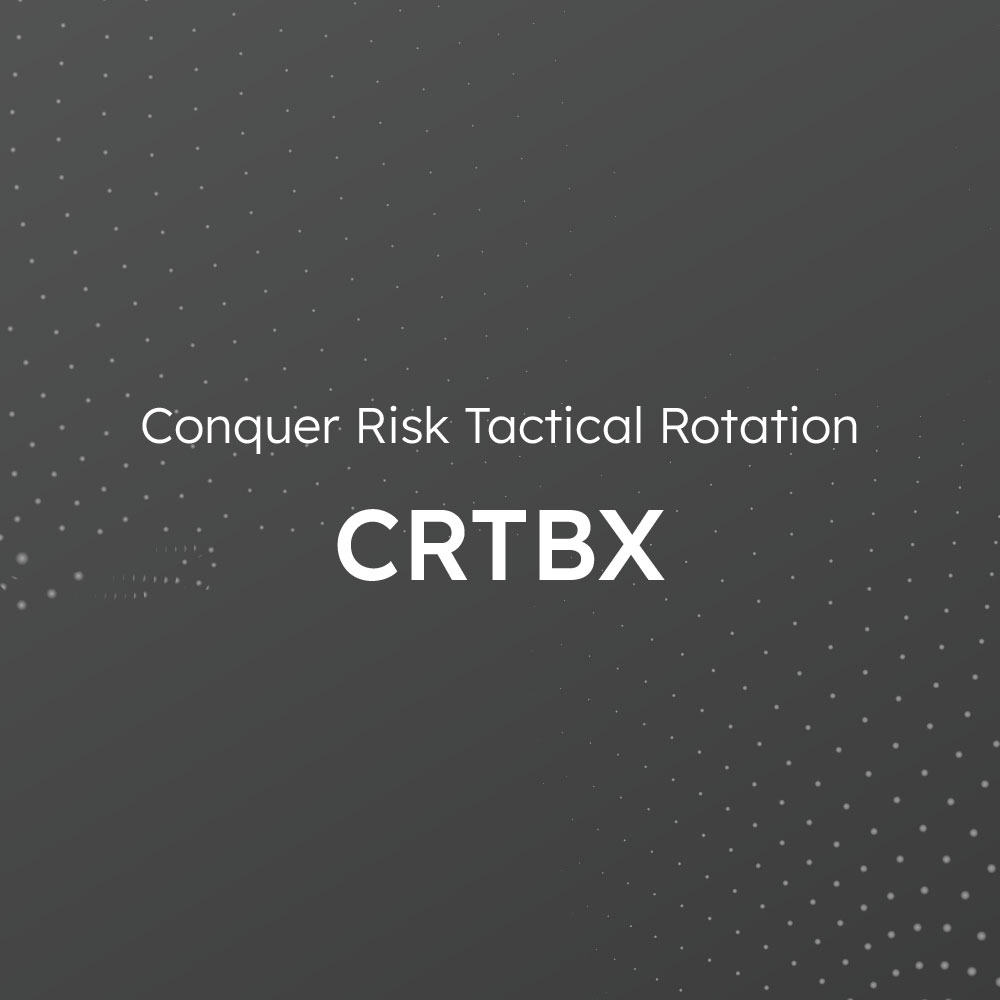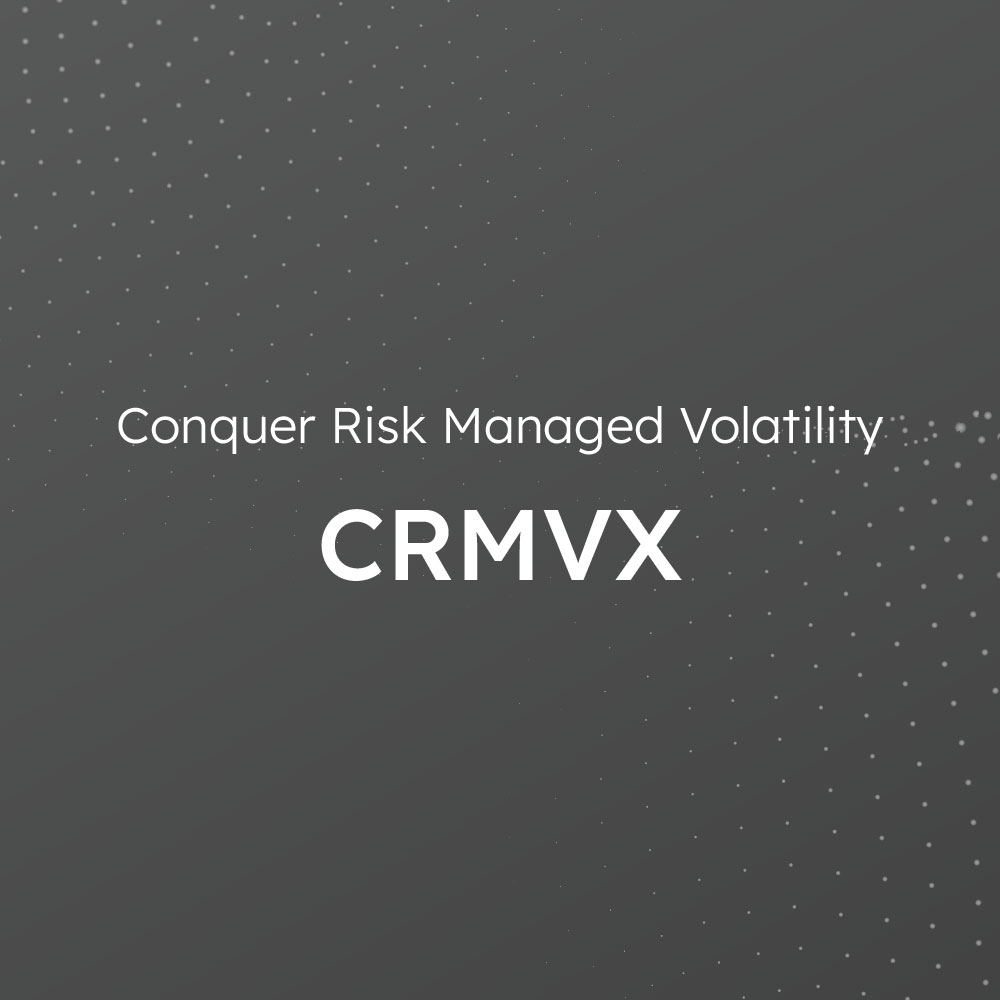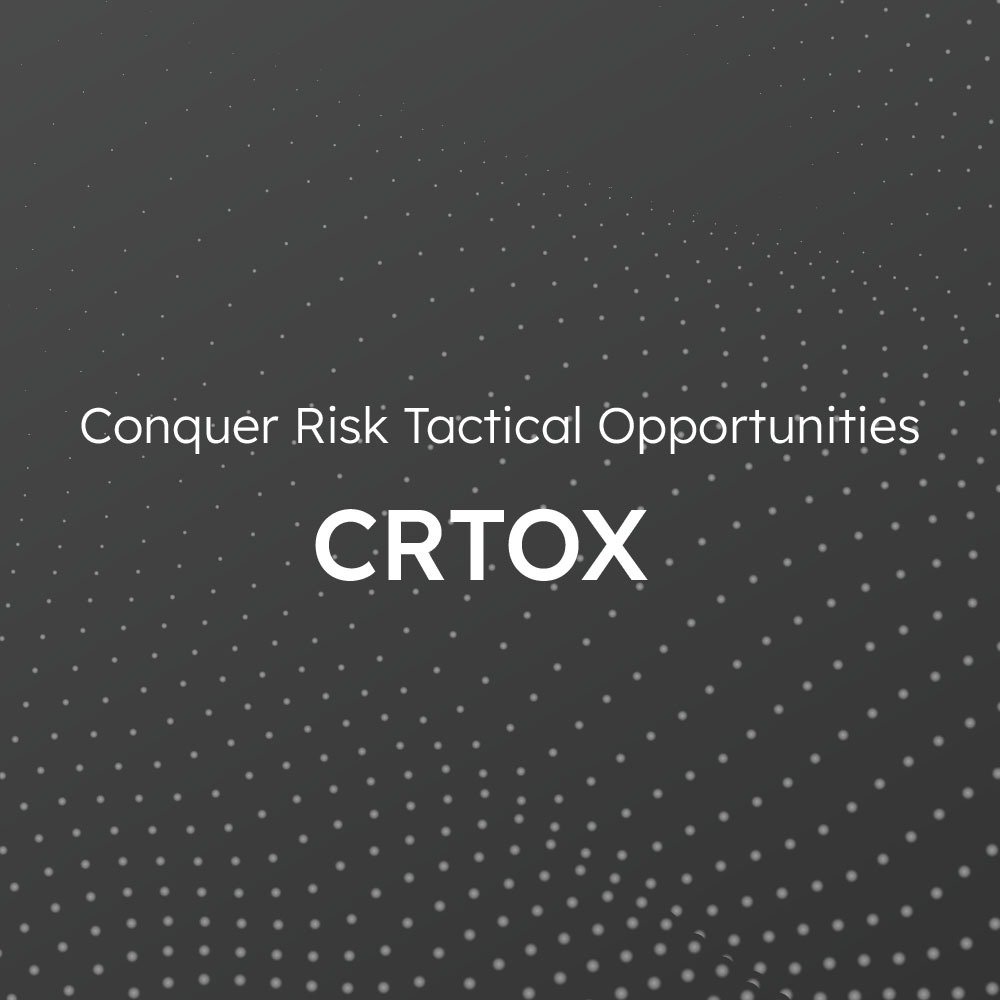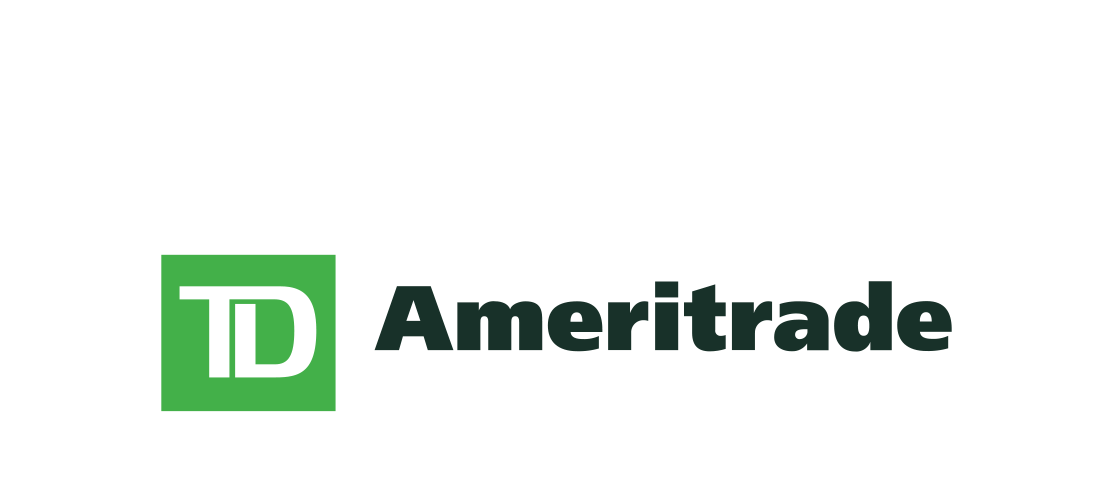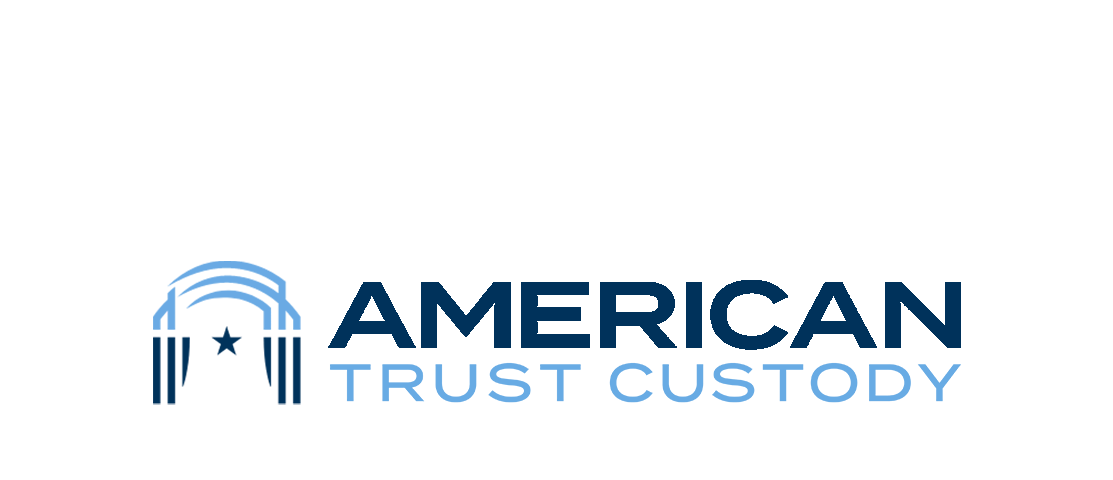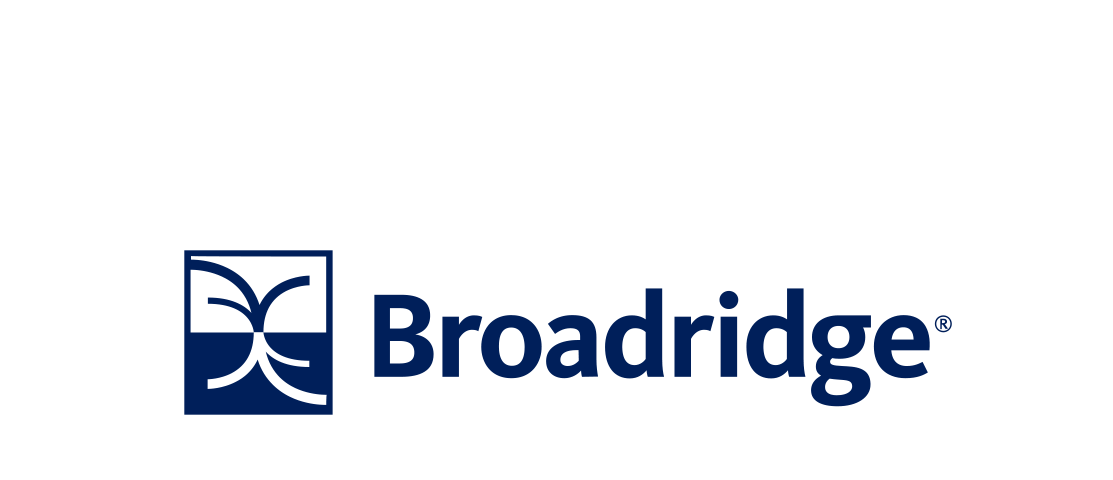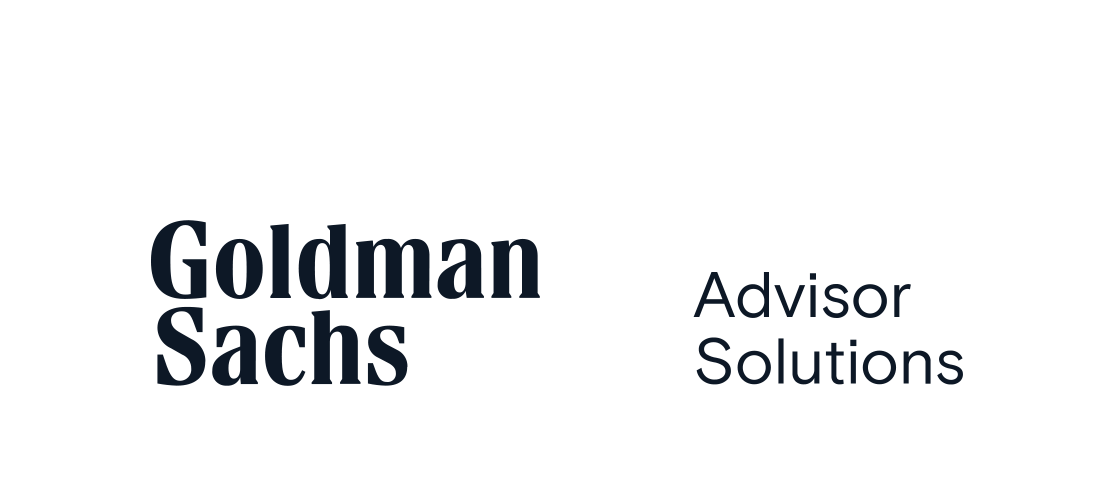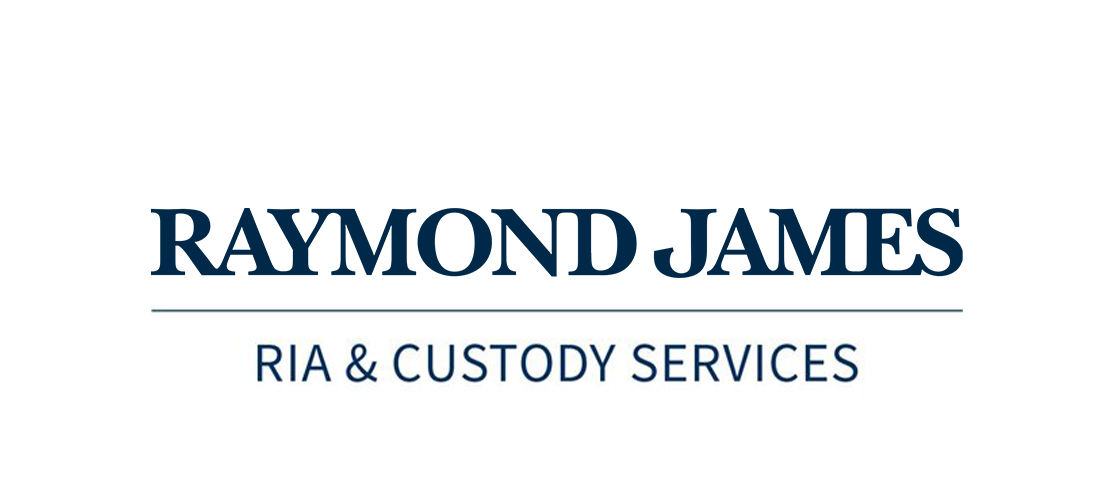Conquer Risk Funds
The Conquer Risk funds are designed to tactically adjust their holdings to match the current market environment.
There are times where you want to be fully invested (risk-on) and times where the risk isn’t worth the reward (risk-off). We believe that superior returns over the long run come from managing the downside.
Our approach is systematic, tested, and disciplined. We do not react to headlines or the “hot” story of the day. Gut feelings and narratives are not part of the process.
Contact us
Stay up-to-date with the Conquer Risk Funds
The Conquer Risk Funds
Portfolio Managers
Manish Khatta
Chief Investment Officer
“If it can’t be tested, then it can’t be trusted.”
Manish Khatta is a quant! A true math geek, Manish has spent his career creating and refining trading strategies built on mathematical computations and number crunching. He holds an B.S. degree in Finance from the University of Maryland.
Manish is a lifelong Potomac employee who started with the firm after college and programmed the initial work behind Potomac’s mechanical trading systems. Fast-forward to today, and he now serves as CEO/CIO of Potomac and oversees each silo of the business, which include investment strategies, mutual funds, TAMP technology.
Manish is a staunch believer that investment risk is something that can be contained, and conquered, using quantitative trading systems.
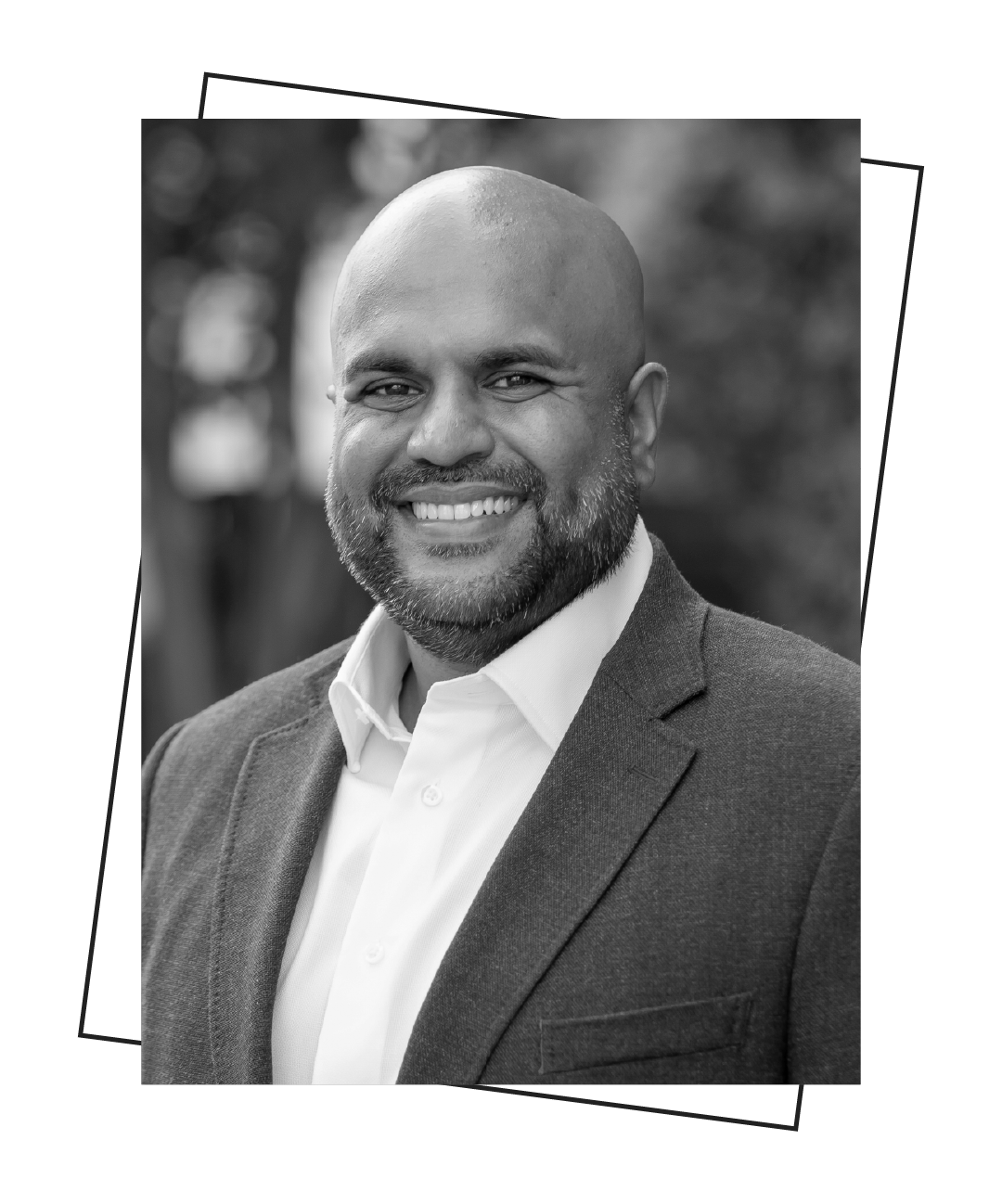

Manish Khatta
Chief Investment Officer
“If it can’t be tested, then it can’t be trusted.”
Manish Khatta is a quant! A true math geek, Manish has spent his career creating and refining trading strategies built on mathematical computations and number crunching. He holds an B.S. degree in Finance from the University of Maryland.
Manish is a lifelong Potomac employee who started with the firm after college and programmed the initial work behind Potomac’s mechanical trading systems. Fast-forward to today, and he now serves as CEO/CIO of Potomac and oversees each silo of the business, which include investment strategies, mutual funds, TAMP technology.
Manish is a staunch believer that investment risk is something that can be contained, and conquered, using quantitative trading systems.

Dan Russo, CMT®
Director of Research
“We believe in probability, not prediction.”
Dan has been in the securities industry for over two decades. He holds an MBA degree in Finance from Fordham University in New York City and a B.S. degree in Finance from Long Island University, C.W. Post. He is also a Charted Market Technician, having earned the right to use that designation in 2012.
He has experience with a wide range of institutional investors, working with them to perform fundamental, technical, and quantitative research to navigate the market and generate actionable trading and investment ideas.
At Potomac Fund Management, his primary roles include conducting technical and quantitative analysis, structuring portfolios of ETFs based on this analysis, and providing ongoing written research for the firm’s financial advisor client base.
The Composite System
How are our funds built?
Quantitative Models based on Technical Analysis is the engine that makes us move.
We have discovered, developed, and tested
hundreds of technical indicators.
Our decision making is driven by our algorithmic composite systems which are simply a combination of independently tested market indicators that are great alone, but better together.
Select indicators are only combined into a composite system after running multiple iterations of all the indicators analyzing total gain, probability of success, and drawdowns of each combination.
Each of these iterations has to score highly in all three categories to be included into the composite. We believe that the key to successful risk management is the varied use of multiple, and at times uncorrelated, indicators. If all your indicators follow the same data, then you will always get the same answer.
When developing the composite market system, we wanted to make sure that it was not over optimized which is the downfall of most mechanical trading systems. For example, if you have an indicator that displays tremendous historical returns but only generates a handful of trades over an extended period, it should be ignored due to a limited data set.
Our composite market systems are at the heart of all that we do and are designed to highlight times of risk-on and risk-off behavior in the market.
The Conquer Risk Funds
Availability

Altruist
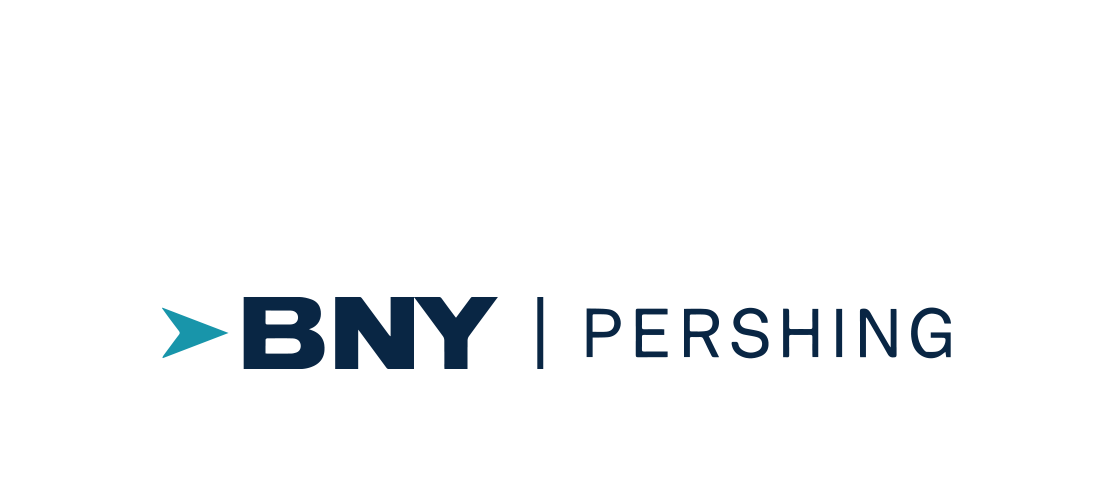
Pershing
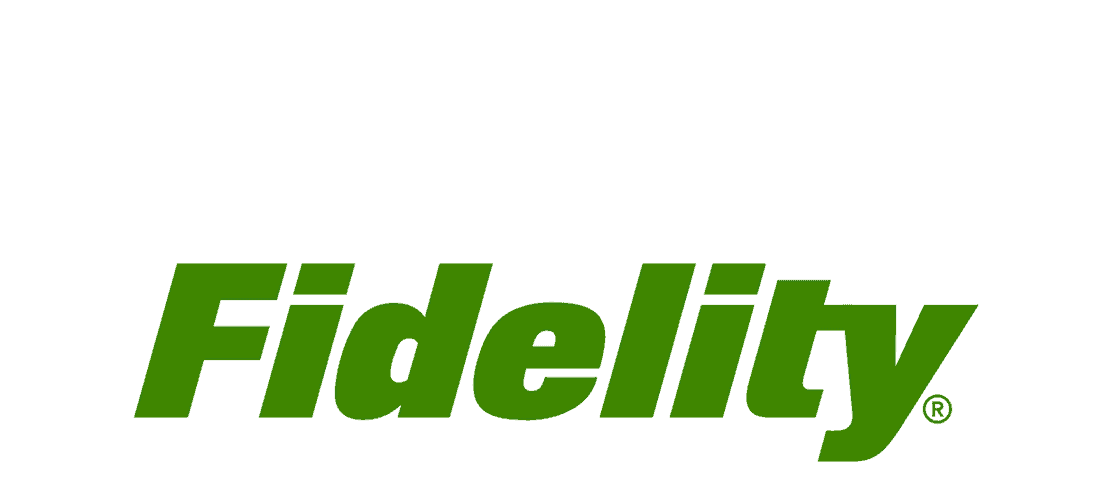
NFS and Institutional

Schwab
Why Invest?
Research and Data Driven
Investment decisions are made based on mathematical formulas and market tested indicators. There is no room for gut feeling.
Flexible Allocation
Attempts to find the assets that are outperforming the broader market and are likely to continue to do so.
Tool for Diversification
Offers a tool for diversification due to little overlap with traditional indices. It can be a complement to traditional passive strategies.
Global Opportunities
Our funds can seek opportunities across asset classes, both in the U.S. and globally, including the option to hold cash and Treasuries.
Growth Potential
Aims to capture long-term growth while attempting to provide a low correlation to traditional strategies within its relative fund category.
Fund Disclosures
Investors should consider the investment objectives, risks, charges and expenses of the Funds carefully before investing. The prospectus contains this and other information about the Funds. You may obtain a prospectus on this website or by calling the transfer agent at 1-888-774-6679. The prospectus should be read carefully before investing.
Past performance does not guarantee future results. The investment return and principal value of an investment will fluctuate so that an investor’s shares, when redeemed, may be worth more or less than their original cost. Current performance may be lower or higher than performance shown. You may obtain performance data current to the most recent month end by calling 1-888-774-6679.
An investment in the Funds is subject to investment risks, including the possible loss of the principal amount invested. There can be no assurance that the Funds will be successful in meeting their objectives. The risks associated with the Funds, detailed in the Prospectus, include the risks of investing in exchange traded funds (ETFs). To the extent a Fund invests in ETFs and mutual funds, the Fund will indirectly bear its proportionate share of any expenses (such as operating expenses and advisory fees) that may be paid by the underlying funds. These expenses would be in addition to the advisory fee and other expenses that the Fund bears in connection with its own operations. Investment in an exchange traded fund (ETF) carries security specific risk and the market risk. Overall stock market risks may affect the value of the Funds. These risks include the financial risk of selecting securities that do not perform as anticipated, the risk that the stock markets in which the Funds invests may experience periods of turbulence and instability, and the general risk that domestic and global economies may go through periods of decline and cyclical change. There also may be risks associated with the Funds’ investment in a specific sector, and non-diversification. The Funds may also engage in short-term trading to try to achieve its objective and may have portfolio turnover rates significantly in excess of 100%. Leveraged ETF Risks – The net asset value and market price of leveraged ETFs are usually more volatile than the value of the tracked index or of other ETFs that do not use leverage. Inverse ETF Risks – Inverse ETFs seek investment results that are the opposite of the daily performance of an underlying index or basket of stocks. Investors will lose money when the Index rises – a result that is the opposite from traditional funds. The Funds may invest in underlying funds that hold fixed income securities and foreign securities. Fixed income securities fluctuate with changes in interest rates. Typically, a rise in interest rates causes a decline in the value of fixed income securities. Foreign investments can involve significant risks in addition to the risks inherent in U.S. investments. These risks include adverse political, social and economic developments, differing auditing and legal standards, war, expropriation and nationalization.
Distributed by Arbor Court Capital, LLC – Member FINRA / SIPC

